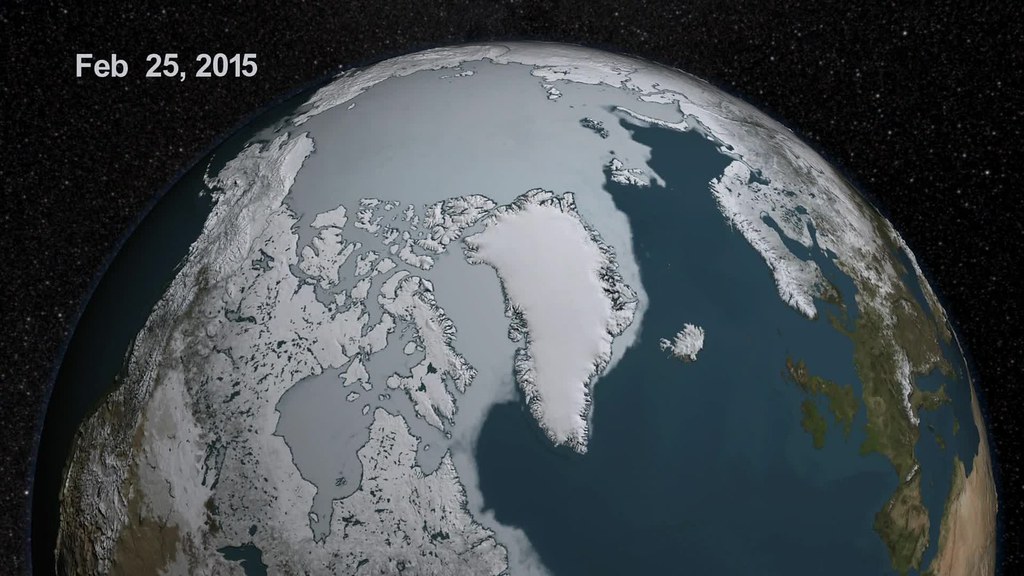Climate Change in 2015: What happened this year?
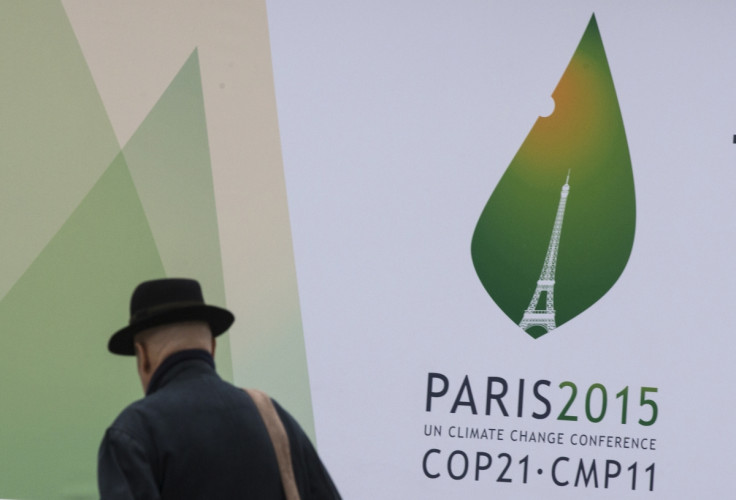
The Paris Climate Change Conference in December, or COP21, came to a firm decision that 195 countries would do their best to limit climate change to two degrees Celsius.
That may not actually seem like much, but consider this. The difference in average temperature between today's climate and the last ice age was just 5-6C. With that in mind, what actually happened this year in global warming? What is the latest state of our climate according to reports?
2015 Progress report to Parliament
In June, the Committee on Climate Change gave their annual report to Parliament, outlining the state of the UK's fight against climate change, and also recommendations to help improve our battle.
The committee wrote that the UK's greenhouse gas emissions are now 8% lower than 2013, and a huge 36% lower than 1990. This is commendable, but the researchers have also said that should temperatures continue to rise, the number of deaths by heatwaves will increase from 2000 per year to 7000 per year. That is a 350% increase by 2050.
However, the researchers have said that a large number of houses are still at risk of flood damage through climate change, and this number could actually increase in the future. They say that 45,000 more homes are projected to be situated in areas of high flood risk by 2050.
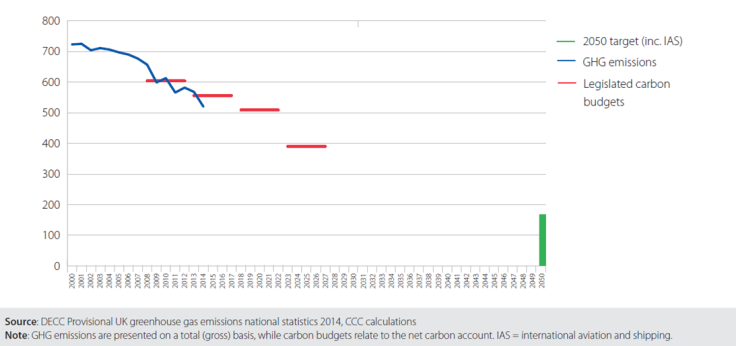
The Climate Change Performance Index 2016
This report, produced by Germanwatch, aims to pile on social and political pressure to the countries which are not doing enough – in their opinion – to combat the changing climate. It does this by ranking the 58 countries with the highest energy-related CO<sub>2 emissions.
As in all previous reports, places 1<sup>st to 3<sup>rd in the rankings are left empty. This is Germanwatch's way of saying that no country is currently doing enough to warrant that satisfaction. Denmark remains the Climate Change Performance Index leading country for a fifth straight year. Technically placed in 4<sup>th position – because nobody is 1-3 – the decision was based on their very good climate protection policies, and promotion of renewable energy.
The UK has moved up one place since last year, to 5<sup>th in the results. The more frequent use of renewables has helped us in that regard. The firm deadline for a coal-phase out also helped us to leapfrog Sweden.
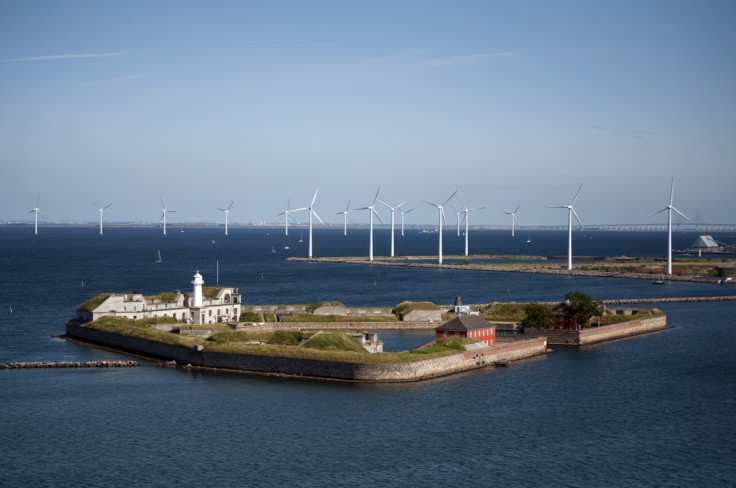
Ranked down in 34<sup>th is the USA. Last year they sat 46<sup>th in the table, so there has been a considerable improvement for the States in 2015. This is largely owed to their continuous pressure to set global policy for climate change – seen in COP21 –and the governmental rejection of huge oil pipelines which would have been a huge boost to their economy.
At the very bottom lies Saudi Arabia... again. A lack of climate policy and their dependence on fossil fuels sealed their fate.
NASA Climate Change Report 2015
The New York City Panel on Climate Change (NPCC) was founded in 2008 by Nasa as a way to measure the effects of climate change on the five boroughs of New York City. That information can then be used as an idea of how the planet is changing globally.
The report showed that the average increase in temperature is about 3.4 degrees Fahrenheit per decade. If we continue our increased contributions to global warming at the same rate, the scientists at Nasa say that this could increase to 8.8 degrees Fahrenheit by 2080.
The results from the study also show that precipitation in the New York area has increased by 0.8in every 10 years. Again, this is projected to increase by as much as 13% by 2080.
Arctic Report Card 2015
NOAA's (National Oceanic and Atmospheric Administration) released their annual report on the state of the Arctic, in the middle of December 2015. Their findings found a lot of records being broken this year – and not for good.
This year showed the highest air temperatures ever recorded in the North Pole – 2.3 degrees Fahrenheit above the annual average. Rick Spinrad, researcher on the report, said: "The Arctic is warming twice as fast as other parts of the planet, which has ramifications for global security, climate, commerce, and trade."
At its maximum volume, this year gave us the least amount of Arctic sea ice since records began. The maximum amount of ice was recorded a full 15 days before the average, and in summer at the point of least amount of sea ice, only three previous years had less total ice. The warmer waters have also allowed more predators in the Arctic, who usually do not venture that far north because it is too cold for them. Small, indigenous fish are not at risk of all being eaten.
Climate Change 2015: Growing Risks, Critical Choices
The Climate Council of Australia released a report in August 2015, outlining the ways that Australia will be effect by climate change, assuming the projections are correct.

The scientists wrote that with increasingly hot weather, deaths from heatwaves are expected to double over the next 40 years. The researchers also highlighted the risk to animals should the average temperature increase any more than the (almost) 1 degree Celsius rise since pre-industrial times.
They say that should the average surface temperature hit three degrees Celsius more than pre-industrial levels, 8.5% of total Australian species will become extinct. Make that temperature rise 4C, and one in six species will be gone forever.
Decision time; COP21
So, what has actually been decided to put an end to some of these predictions?
The United Nations Framework Convention on Climate Change had its 21<sup>st conference in Paris towards the end of 2015. The hope had been for a long time that a firm set of regulations would be put in place for all of the parties present. Previous meetings had been put under scrutiny for coming out with a report, but not actually 'saying anything'. That is to say that nothing really came from them.
This meeting was different, though. Realistic –albeit tough – targets were set agreed for all 195 countries involved. It was agreed that at the very minimum, all parties would hold climate change to 2C above pre-industrial levels. The report goes as far as to say ideally, we would be within 1.5C of pre-industrial levels.
The report extends as far as to suggest how we can go about reaching that target. It states that at least, we should reduce greenhouse gas emissions by 5% of the 2010 levels, by the year 2050. At the most strict end of the scale, the report says a 60% reduction in these gases is preferred.
Some experts have said that this gap is far too wide, though. Tasneed Essop, WWF's Head of Delegation said: "It is clear that progress has been slow. In some areas, the options are now clearer and better structured, but generally we still have very divergent options in this version of the text."
One thing everybody agrees on though, is that we are making the right steps towards a better tomorrow.
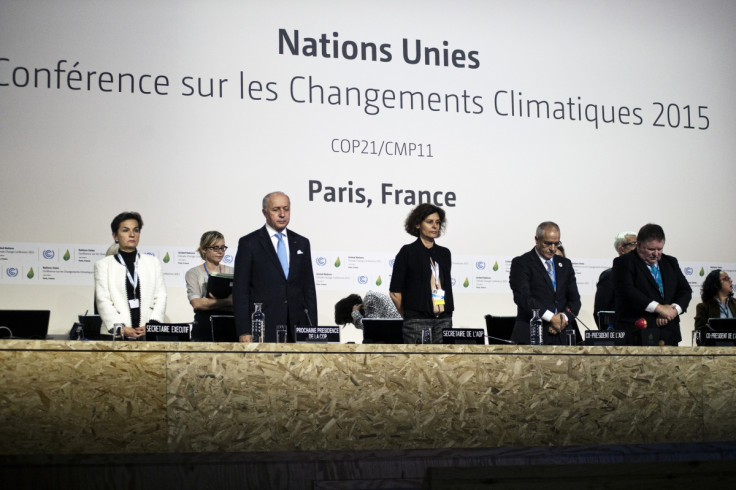
© Copyright IBTimes 2025. All rights reserved.



